Looking for a reason to not take a team far in the March Madness tournament?
You’re not alone there.
Trust me, f you look hard enough, there are plenty of reasons to shy away from even the biggest powers in college basketball… from injuries, to offensive woes, defensive woes, free throw shooting and even single points of failure.
Take the following examples, which could assist you in adding the finishing touches to the masterpiece that is your 2010 NCAA Tournament bracket.
March Madness: Reasons To Avoid Some of the Higher Seeds in the 2010 NCAA Tournament
Free Throw Shooting
Think about it, March Madness is chock full of close games. When down to the wire, it’s often the players with ice in their veins that win the tight games from the charity stripe. Last year, high seeds Louisville (ranked 298th) and Syracuse (303rd) were near the cellar in free throw shooting – and what do you know, neither brought home a national championship. What about this year?
(5) Texas A&M – 66.1% – Rank 263rd
(2) Kansas State – 66.5% – Rank 250th
(1) Syracuse – 67.1% – Rank 234th
Offensive Rebounds per Game
Hey, what’s better than a second chance? Well, besides making due with your first chance, but often teams can earn those big victories by getting a high total of second chance points. Last year, teams like Purdue and Arizona State were ranked low in this department – and you guessed it, they didn’t go far. What about this year?
(2) Ohio State – 9.1 per game – Rank 321st
(5) Butler – 9.2 per game – Rank 314th
(4) Wisconsin – 9.7 per game – Rank 291st
(3) Georgetown – 9.7 per game – Rank 291st
Assist Turnover Ratio
More often than not, an efficient and quality team effort will vault a team deep into the tournament. Specifically, there’s assist turnover ratio, where a team can dish out the rock frequently, while also not turning it over. Washington, Wake Forest and Florida State all were high seeds that struggled in this department last season. This year, there were few with a low ranking, but these potential opponents to high seeds were ranked high:
(12) Utah State – 1.65 ATR – Rank: 1st – Watch out (5) Texas A&M!
(6) Notre Dame – 1.64 ATR – Rank: 2nd – Watch out (3) Baylor!
(6) Marquette – 1.47 ATR – Rank: 6th – Watch out (3) New Mexico!
(4) Wisconsin – 1.44 ATR – Rank 7th – Watch out (5) Temple and (1) Kentucky!
Fouls per Game
Plain and simple, you can’t win a game without your starting lineup on the court. A team needs to have discipline to avoid silly fouls, while also keeping an opponent off the line (and away from the double bonus). Last year, Missouri and Washington were high seeds with high foul totals per game. This year, a few two-seeds are guilty of reaching in one too many times…
(2) Kansas State – 22.4 per game – Rank 8th
(2) Villanova – 22.4 per game – Rank 8th
Three Point Shooting
For the teams that struggle from behind the arc – therefore when facing a physical opponent, they can struggle to keep a team honest by mixing it up from deep. There are also teams that borderline live and die by the three – and when an off night arrives – this team could be doomed. Last year, Memphis and Wake Forest struggled from 3-point range and teams like Gonzaga and Xavier relied a lot on high three-point percentage. As for this year:
Struggles from Behind the Arc
(6) Tennessee – 31.3% – 280th
(4) Purdue – 31.9% – 263rd
Lives and Dies by the 3
(1) Kansas – 40.9% – Rank 5th
(6) Marquette – 40.6% – Rank 6th
(3) Baylor – 38.9% – Rank 20th
(2) Ohio State – 38.8% – Rank 21st
(3) Georgetown – 38.8% – Rank 21st
(1) Syracuse – 38.5% – Rank 25th
Injuries
An injury to a star player can derail a team that once had high hopes of a National Title entering the tournament. Last year, there were a lot of injury questions, including Ty Lawson, Levance Fields, Jerome Dyson and Dominic James, This year, not as many, but here are a few:
(4) Robbie Hummel – Purdue
This one is well documented – and a tough one for the Boilermakers. Hummel was the backbone of this talented Purdue team – and he’s out with a knee injury. Now, the Boilers have gone from Final Four potential to an often-mentioned first round upset to Siena.
(1) Syracuse – Arinze Onuaku
Certainly, the Orange and their faithful held their collective breath when the big man went down. Currently, it’s listed as a quad injury and Onuaku is expected to play in the NCAA Tournament, but who knows how much his game will be affected.
Single Points of Failure
Last but not least, there are the teams that have one player that puts up the majority of the scoring on offense. Upon meeting a tough defensive opponent that can shut this player down, it’s often difficult to find others to step up and put points on the board. Last year, there were more obvious cases, such as Toney Douglas and James Harden. Here are this year’s options:
(7) Oklahoma State – James Anderson – 22.63 PPG
Sure, Muonelo averages 13.4 per game, but the Pokes live and die by this guy – and the Buckeyes (potential second-round opponent) have a few shutdown defensive players.
(7) BYU – Jimmer Fredette – 21.66 PPG
The Cougars do have four players that average in double figures, but if you shut down the heart and soul of the team – there’s a good chance you escape with a win.
(6) Xavier – Jordan Crawford – 19.7 PPG
Two others average less than 12 points per game, but Xavier doesn’t have the depth it has had in recent seasons.
(4) Maryland – Greivis Vasquez – 19.52 PPG
Four players average in double figures, but Vasquez is the clear star for the Terps.
Good luck with your March Madness brackets!
Stats courtesy of StatSheet.com
More College Basketball Coverage at The Wife Hates Sports
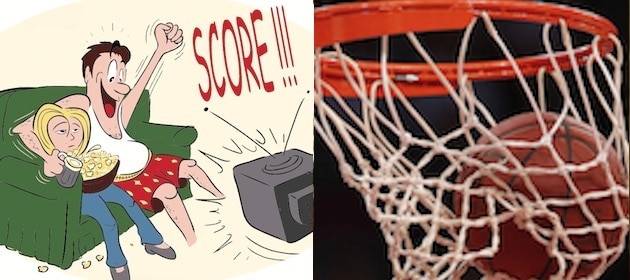


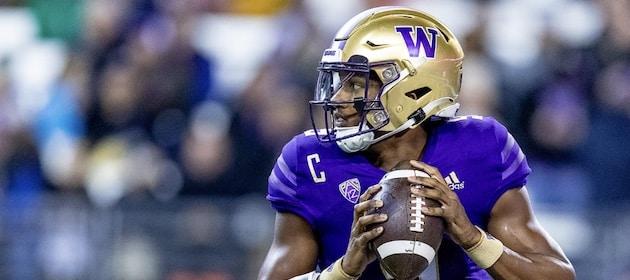
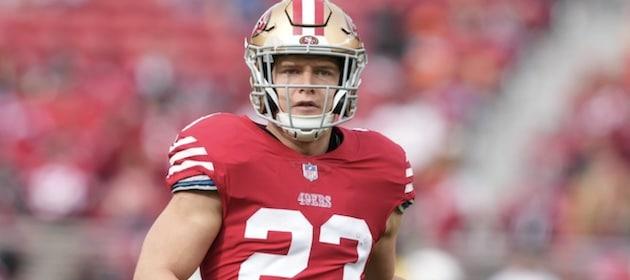
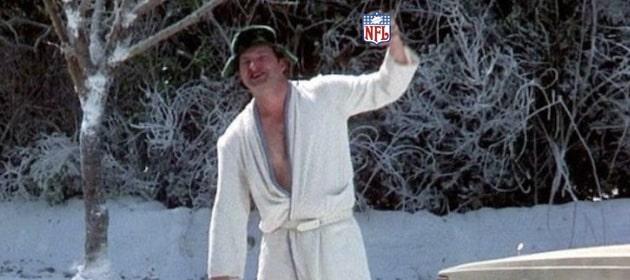
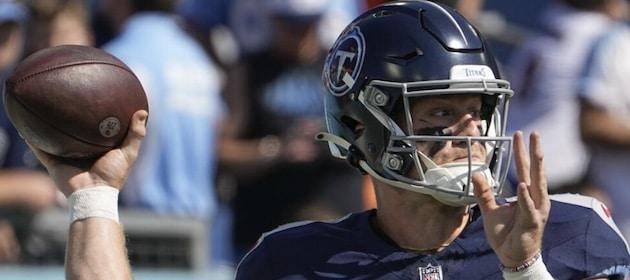
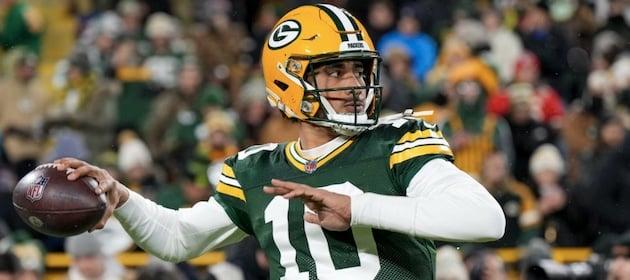
KP
So Big East basketball does exist but only in the minds of the fans and teams within the conference.
Oh the shame and the joy of it all !
Alan Parkins
Rev’ll do just fine, man.
And my brackets are just about as busted as everyone’s today.
Thanks “REV”… is it OK if I still call you that or you want me to start getting into the habit of calling you Chump or something?
Yeah, this is going to be an interesting tournament… and for this post, the one I did last year uncovered more question marks I feel… but still, it did some things.
I filled out two brackets for my friend’s bracket pool that I’m also promoting on here.
My primary bracket – the one I’m saying is my original (unless the other does well – just kidding)… I have Kansas, Syracuse, West Virginia and Villanova as my Final Four. However, the second one, I made some changes… did have Kentucky, Baylor, Ohio State and Syracuse… with Kentucky winning that one.
Sure hope it’s a great tourney… too bad you aren’t nearby – we could have headed out for some beers and some hoops.
Nice breakdown, Kev.
I’m happy to see you didn’t include my favorite to win this thing in any of your weak links above.
I’m finding it hard not choosing Kentucky in most of my brackets. I just think if they turn it on, there’s no touching them.